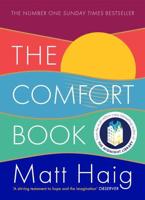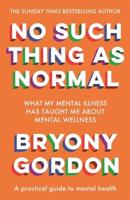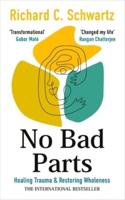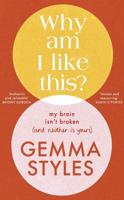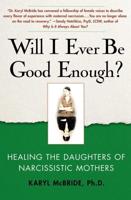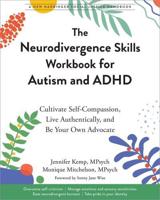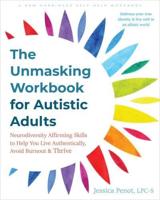Publisher's Synopsis
Description
Anxiety is a word that is quite common to most people, but funnily enough, not many people can define the word. When you experience a feeling of worry, nervousness, or unease about something, or maybe about the uncertainty of an outcome, then you are anxious.
Anxiety, in itself, is usually a disorder that affects how we feel or behave. This disorder can even cause some physical symptoms. However, if you are facing such impairment, you don't have to live with it. Anxiety is treatable.
The best approach to take to treat is to take on some therapy sessions. Cognitive Behavioral Therapy (CBT), Psychotherapy, and Exposure Therapy are some of the therapies one may majorly consider. The thing with these therapies is that they will help you in controlling your anxiety levels and even help you conquer your fears.
This book covers
- What Are Anxiety and Depression?
- How stress and anxiety affect your body and life?
- Self-help Exercises for Anxiety
- Physical Activity
- Nature Therapy
- Beginning Mantra Meditation
- Dealing With Guilt
- Mindsets
- The Power of Perception
- Cognitive Behavioral Therapy and Dialectical Behavior Therapy
- Being Responsible for Your Mental Well-Being
...And much more
Some may ask the question: "Why should I go through some hectic therapy session just to treat the disorder while I can simply buy medication and achieve the same result in the comfort of my house?" That can be an excellent way to tackle it, but the problem is that it is only short term. This is because the medication will just eliminate the physical symptoms, leaving behind the underlying causes of your worries and nervousness.
Research has shown that therapy is an effective method to tackle anxiety. How? It simply gives you the tools to overcome your fear and teaches you how to use them.
Therapies are usually considered long-term by most people. However, this is not the case with CBT-based anxiety therapy. Surprisingly, within the first eight to ten months, many people are usually okay. The length of these therapies is generally measured by the severity of the disorder, and also the type. It is now also obvious to note that therapy should be tailored to one's specific symptoms. A person suffering from GAD cannot undergo the same therapy session as one suffering from OCD.
As earlier said, various types of anxiety therapies that can be considered are in existence. However, the two leading treatments are Cognitive Behavioral Therapy and Exposure Therapy. These therapies can be used alone or be accompanied by other types of treatment. Another thing to note is that these therapies can be done at an individual level or to a group of people who have the same anxiety problems. We are going to cover the CBT part.
Cognitive Behavioral Therapy primarily works to alleviate both negative cognitions, that is, thoughts and beliefs, and also maladaptive behaviors associated with anxiety. CBT seeks to blend the best parts of behavior and cognitive therapies.
As the name suggests, there are two main components of this therapy: Cognitive Therapy and Behavioral Therapy. Cognitive therapy is the part that involves one's thoughts. This part examines how one's negative thoughts contribute to anxiety.
Behavioral treatment, on the other hand, examines one's behavior and reactions when in situations that trigger anxiety. It is important to note that this type of treatment mainly focuses on our thoughts rather than the events. This is because one's thoughts determine one's feelings.
Are you ready to discover how to fix these thoughts even if you are feeling bad about life? Then scroll up and get started! Get this book tod


